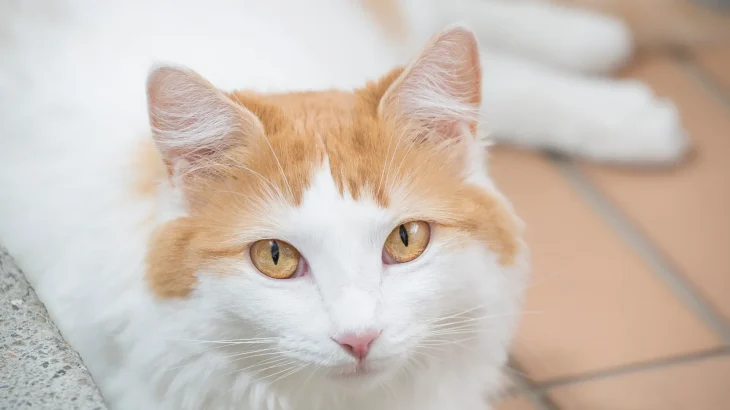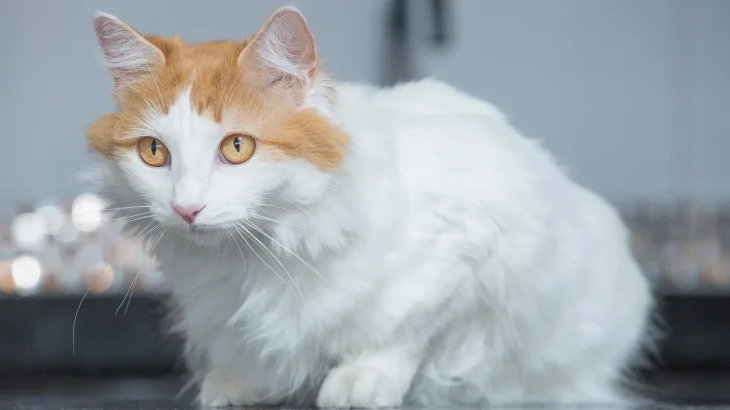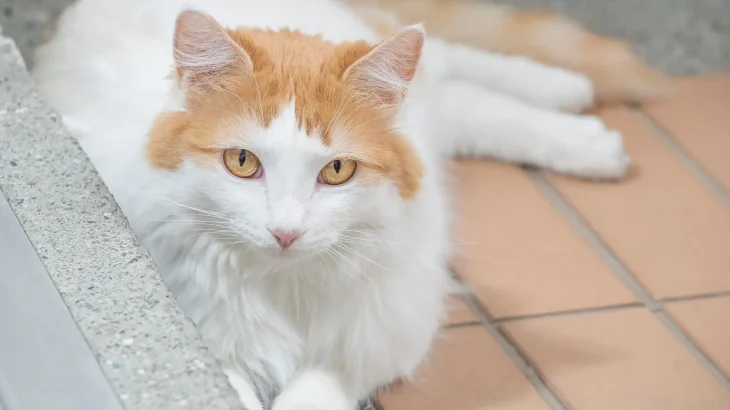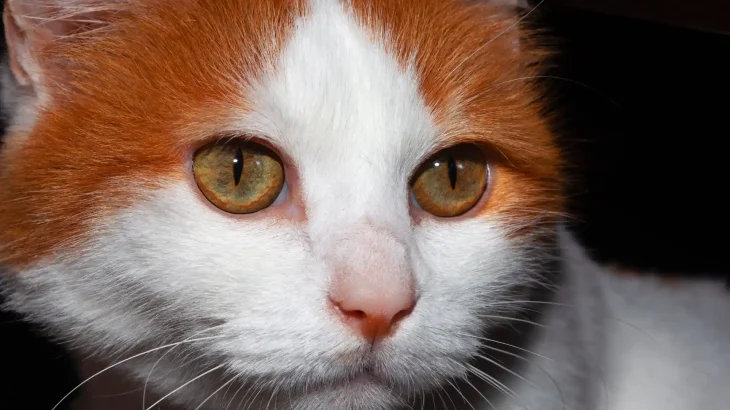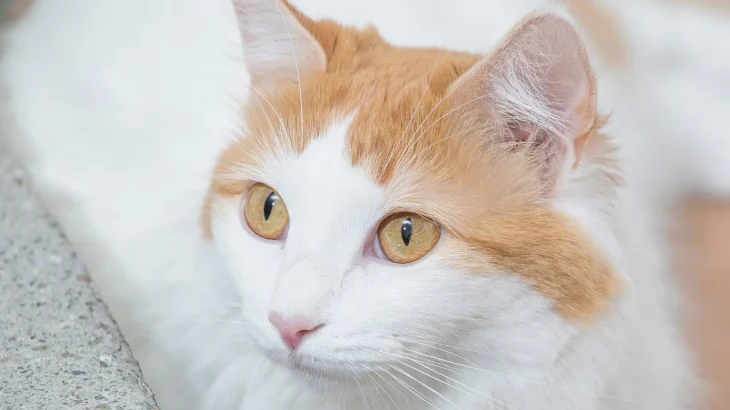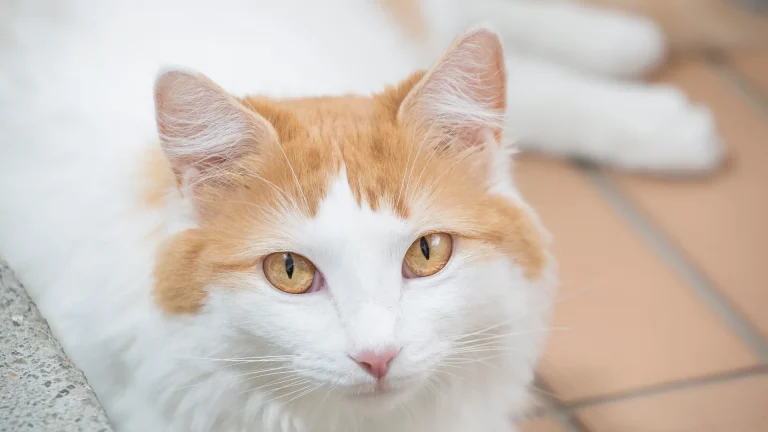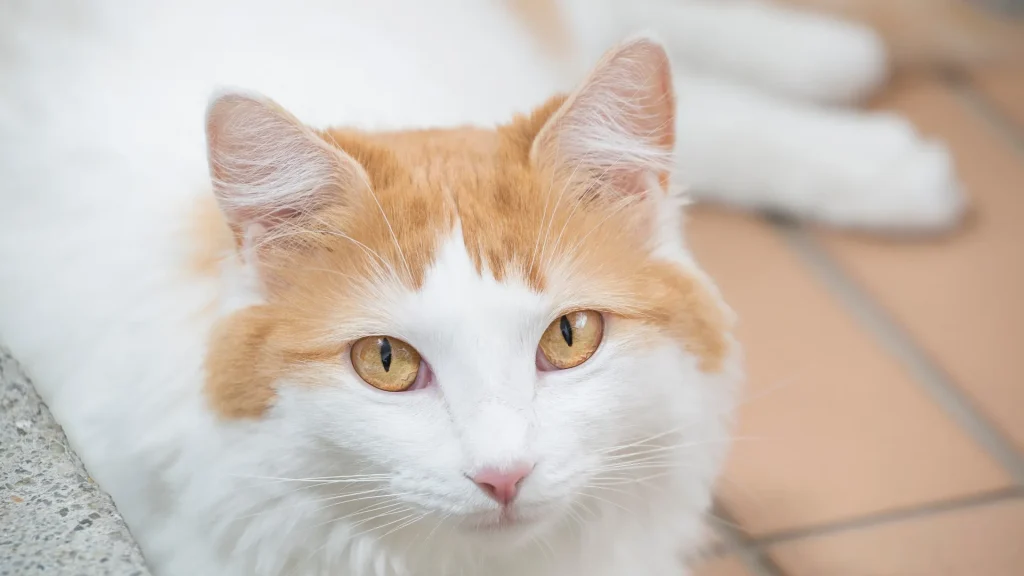Deciding whether to adopt or purchase a Turkish Van kitten depends on your priorities around health transparency, cost, and supporting ethical practices. Buying from a reputable breeder usually offers more certainty about the kitten's lineage and health history, while adoption allows you to give a home to a cat in need, often at a lower cost.
| Criteria | Buying from Breeder | Adopting from Shelter/Rescue |
|---|---|---|
| Cost | Higher cost, typically several hundred dollars or more, reflecting breed purity and breeder expenses. | Lower adoption fees, often including vaccinations and spay/neuter. |
| Health History | Detailed health records and genetic background usually available. | Health history may be incomplete; shelters offer basic health checks. |
| Age Availability | Mostly young kittens, allowing early bonding. | Varied ages—kittens, adults, seniors. |
| Temperament Insight | Breeders can share temperament traits and early socialization info. | Shelter staff observe behavior, but full history often unknown. |
| Supporting Practices | Supports breed preservation through selective breeding. | Helps reduce homeless cat populations and supports welfare. |
| Ethical Considerations | Choose breeders who prioritize health and avoid overbreeding. | Adoption promotes animal welfare and reduces stray animals. |

